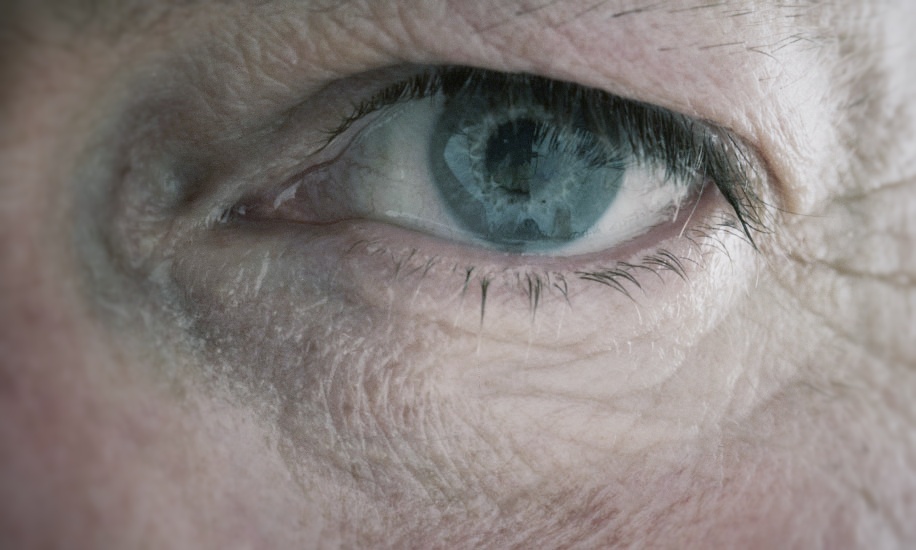
An Optics Issue: Eye Doctors Say Medicare Database Doesn’t Give Full Picture
With early findings from a new Medicare Part B database showing that ophthalmologists were often the recipients of the largest payouts from the program, the American Academy of Ophthalmology defended its members, saying there's more to the situation than meets the eye.
Depending on your political persuasion, or perhaps your profession, it was a sight for sore eyes—or not.
A new database that details Medicare claims made by doctors in 2012 focused a lot of attention on ophthalmologists, who consistently ranked among the top recipients of payments from the program.
And that additional scrutiny has one professional association in particular on the defensive. More details:
In focus: On Wednesday, the U.S. Department of Health and Human Services released a wide array of data about the $77 billion in payments made under the Medicare Part B service program in 2012, allowing for curious parties to sort by location, medical practice, procedures, and the payment amount. With so much information available, it’s unlikely that we’ll have a full picture of what the data points say for months, but an early takeaway that drew attention was the amount of money that ophthalmologists received. The eye specialists received a collective $5.6 billion, or 7 percent of the overall total of Part B payments in 2012, and nearly half of the top 100 physicians who received the largest payments from the program were ophthalmologists, The New York Times reported. These doctors make up only 17,000 of the 880,000 healthcare providers that receive Medicare Part B payments—less than 2 percent of the total.
Perception without depth: In comments to The Times and Modern Healthcare, the American Academy of Ophthalmology (AAO) said the database’s methodology can skew interpretation of the data. For one thing, the estimates it uses include drug costs, some of which amount to thousands of dollars per dose. (On its own, the macular degeneration drug Lucentis accounted for roughly $1 billion in Medicare spending in 2012, according to the Centers for Medicare and Medicaid Services.) Also, AAO said, Medicare patients are a demographic more commonly in need of an eye specialist. “You would expect ophthalmology to be heavily represented in a payment system that is for age 65 and up,” Dr. Michael X. Repka, the group’s medical director for government affairs, told The Times.
Where other associations stand: For decades, the American Medical Association (AMA) has sought to bar release of Medicare payment data to the public. But as MIT’s Knight Science Journalism program notes, a 1979 court injunction blocking disclosure was vacated by a federal judge last year, leading the full release of the data this week. While the AMA expressed concern, MedPage Today noted that other medical groups said they favored transparency, including the American College of Physicians (ACP), the American Academy of Emergency Medicine, and the Association of American Medical Colleges. But some of these groups noted that the facts and figures lack context. “The raw data do not look at appropriateness of care, overhead costs, patient mix, referral patterns, and other factors that may affect the amount of reimbursement that a physician may have received from Medicare,” the ACP said in a statement.
(Photodisc/Thinkstock)






Comments